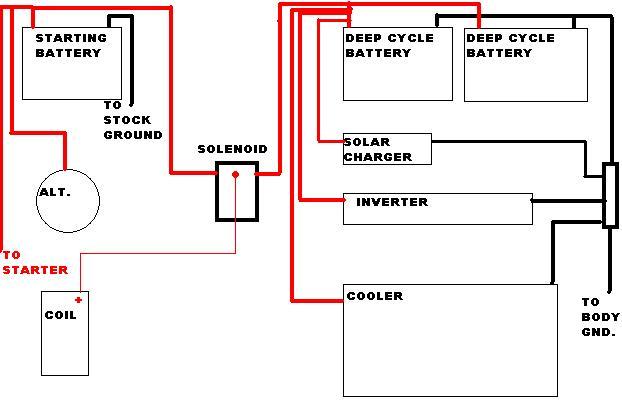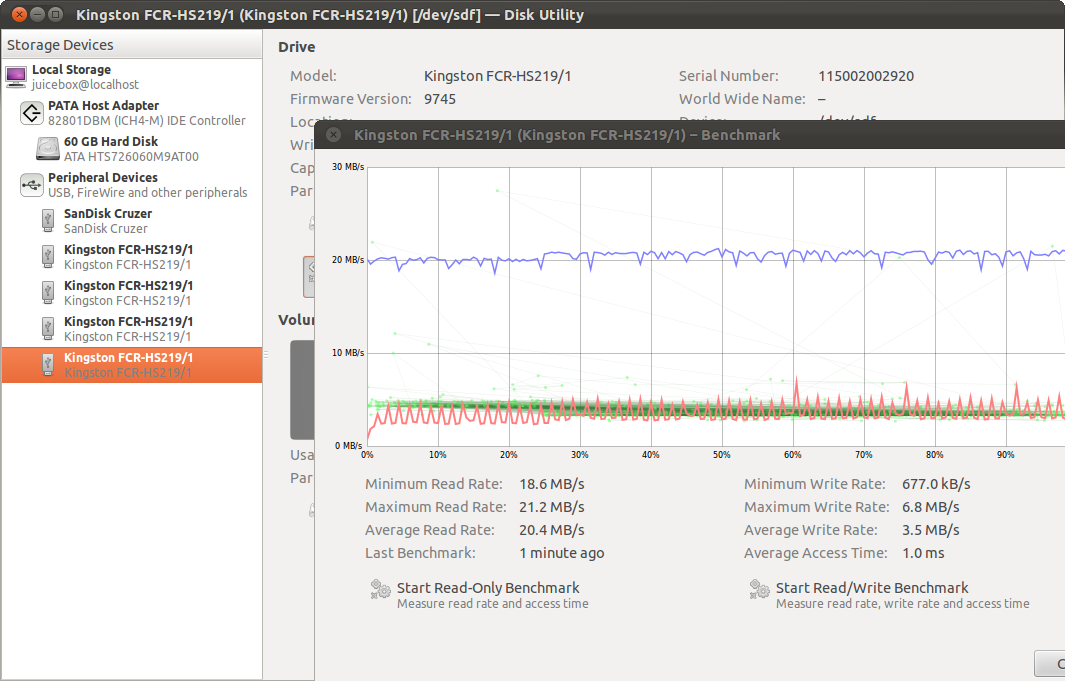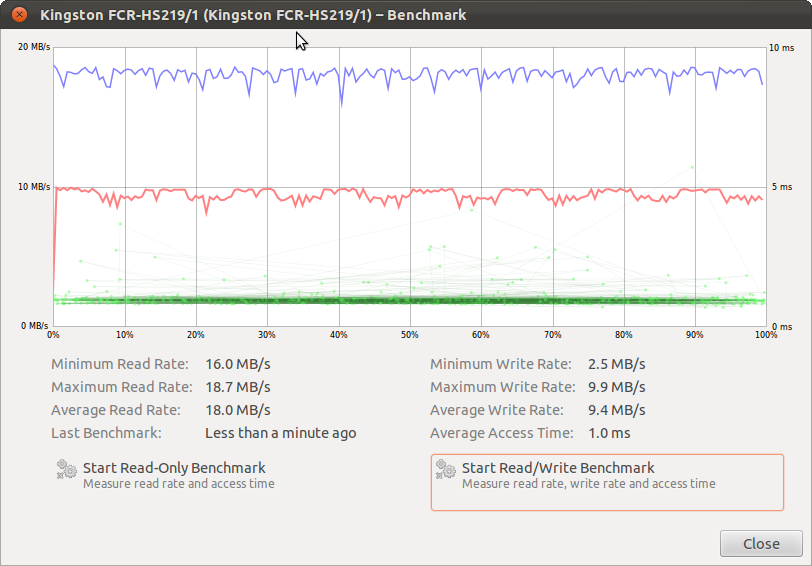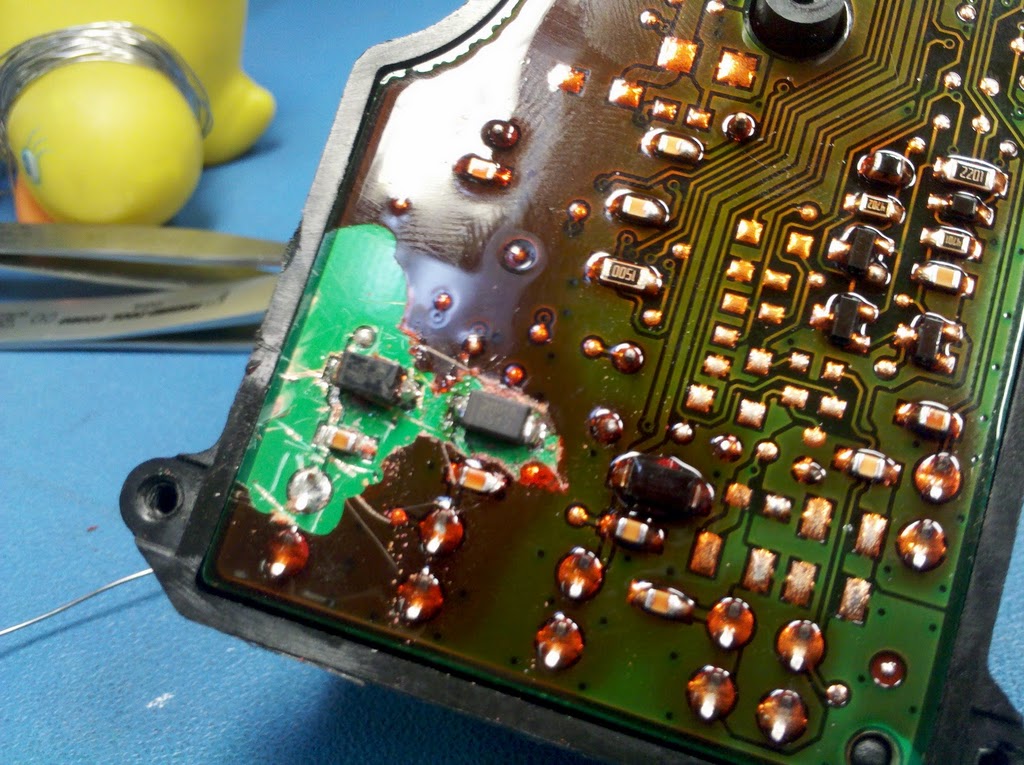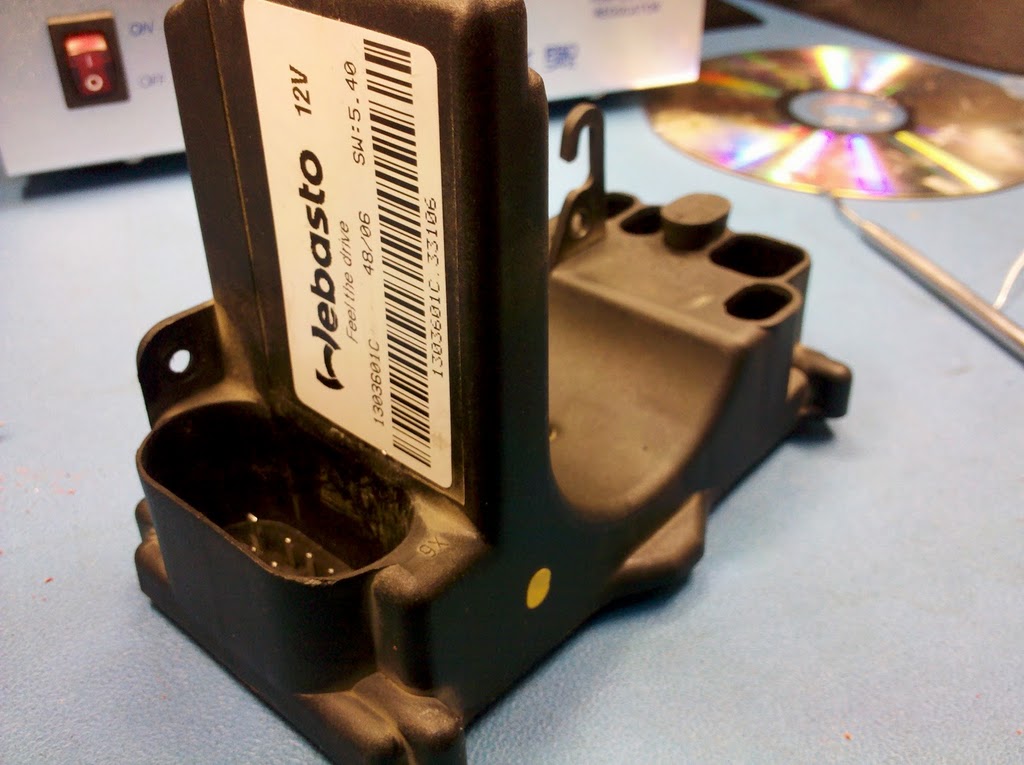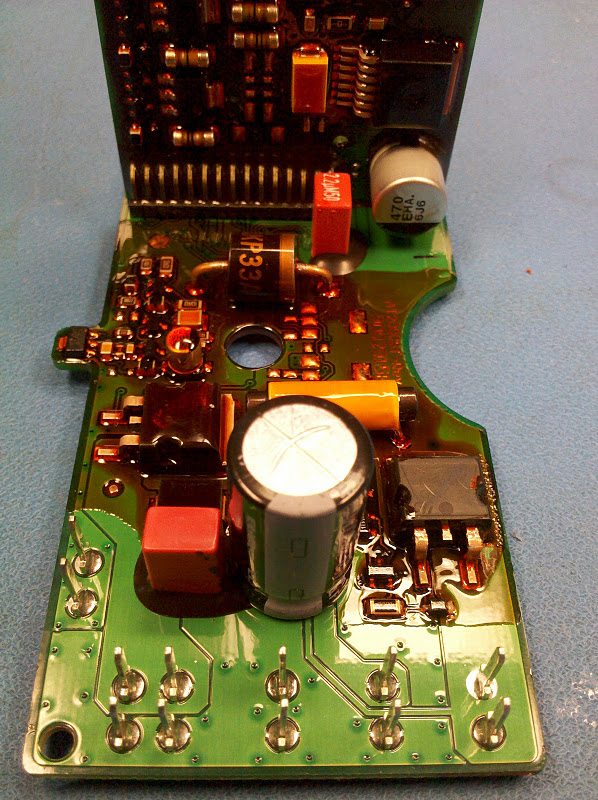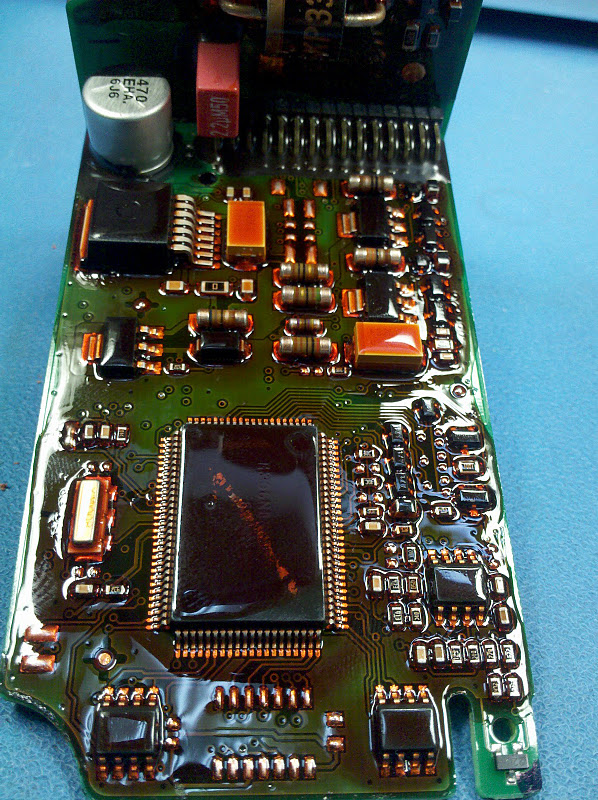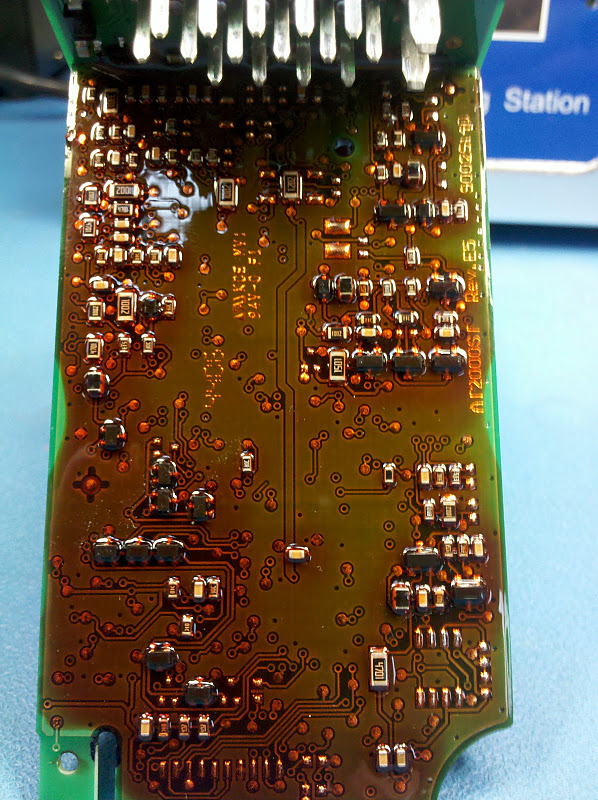Hey all,
Connected a current limited power supply to Gnd and Vin on the back of my Droid 4 (pin lower right = gnd, pin lower left = Vin) at 5.0V and I had literal fast charging occurring. Screen showed charging, amperage was around 1500mA to start scaling down to 1300mA-1100mA as it reached full charge. It seems to pass through the Lithium Ion battery charging circuity so appears to be a safe way to dump in lots of power. Obviously these pins are designed to pick up power from the rear inductive charging cover that Motorola produced, but I wanted to try just pure 5.0V power.
I’m thinking of grabbing some extra rear covers and making up some drop-in charging stations or alternative inputs (like solar/etc.)
Nice to get away from having to charge on the USB Micro connector.
This seems like a VERY good thing if someone was building an external battery pack that fit onto the phone (like the one for the iPhone)…you could power it on, charge via this connector, and shut it down whenever you liked. The power draw on the phone drops off massively once it is charged so if you started with a full charge, it could float the battery all the way to empty.
Time to experiment 🙂
Again, for reference:
Bottom right (when viewing back, camera at the top):
Gnd is Lower Right – Nearest the microUSB connector
Vin is Lower Left – Opposite side from Gnd on the bottom row
Don’t hit it with too much voltage! I limited myself to about 4.8V and 1700mA max. 🙂
Cheers,
